- How to Improve Fertility of Sandy Soil
- 1. Add organic matter
- 2. Use cover crops
- 3. Mulch the soil
- 4. Practice crop rotation
- 5. Use green manure
- 6. Supplement with organic fertilizers
- 7. Consider using soil amendments
- Understanding Sandy Soil
- Importance of Soil Fertility
- Benefits of Eco-friendly Methods
- Organic Matter: a Key Solution
- Benefits of Organic Matter
- Sources of Organic Matter
- Application Methods
- Composting: Enhancing Soil Structure
- Benefits of Composting for Sandy Soil
- How to Compost for Sandy Soil?
- Using Compost in Sandy Soil
- Cover Crops: Boosting Soil Nutrients
- Legumes
- Grasses
- Brassicas
- Buckwheat
- Water Management: Retaining Moisture
- Mulching
- Drip Irrigation
- Rainwater Harvesting
- Soil Amendments
- Contouring and Terracing
- Cover Crops
- Monitoring and Adjusting Irrigation
- Soil Amendments: Balancing pH Levels
- Importance of pH Levels
- Effects of pH Imbalance on Sandy Soil
- Methods to Balance pH Levels in Sandy Soil
- Testing and Monitoring pH Levels
- Conclusion
- Questions and Answers:
- Why does sandy soil need to be fertilized?
- What are the eco-friendly methods to boost fertility of sandy soil?
- How does adding compost or organic matter improve sandy soil fertility?
- What are some cover crops that can be used to improve sandy soil fertility?
- Why is crop rotation important for boosting fertility of sandy soil?
- Videos: 3 Ways to Build Soil Health
Sandy soil can be a challenge for gardeners and farmers due to its poor water and nutrient retention capabilities. However, with the right techniques and eco-friendly methods, it is possible to boost the fertility of sandy soil and create a thriving garden or farm.
1. Composting: Composting is a great way to improve the organic matter content of sandy soil. By adding compost to the soil, you can increase its ability to retain water and nutrients. Mix compost into the top few inches of soil or use it as a mulch around plants to promote healthy growth.
2. Cover cropping: Planting cover crops like legumes, such as clover or vetch, can help improve the fertility of sandy soil. These plants have nitrogen-fixing capabilities, which means they can take nitrogen from the air and convert it into a form that plants can use. When the cover crops are turned into the soil, they add organic matter and nutrients, making the soil more fertile.
3. Mulching: Adding a layer of organic mulch, such as straw or wood chips, to the surface of sandy soil can help retain moisture and regulate soil temperature. Mulch also breaks down over time, adding organic matter and nutrients to the soil.
4. Crop rotation: Planting different crops in a rotation can help break the cycle of pests and diseases that can be common in sandy soil. By rotating crops, you can also vary the nutrient requirements of the plants, preventing depletion of specific nutrients in the soil.
5. Microorganisms: Introducing beneficial microorganisms to sandy soil can improve its fertility. Adding mycorrhizal fungi or bacteria to the soil can enhance nutrient uptake by plants and improve soil structure. These microorganisms form symbiotic relationships with plant roots, helping them to access nutrients and water more efficiently.
By implementing these effective eco-friendly methods, gardeners and farmers can transform sandy soil into a thriving environment for plant growth. With improved water and nutrient retention capabilities, sandy soil can support a lush garden or productive farm.
How to Improve Fertility of Sandy Soil
Sandy soil can often be a challenging soil type to work with due to its low nutrient content and poor water retention. However, there are several eco-friendly methods you can employ to boost the fertility of sandy soil and make it suitable for growing a wide range of plants.
1. Add organic matter
One of the most effective ways to improve the fertility of sandy soil is to add organic matter such as compost or well-rotted manure. This will help to increase the soil’s nutrient content and improve its ability to retain moisture. Apply a layer of organic matter to the soil surface and mix it into the top several inches of soil.
2. Use cover crops
Planting cover crops is another excellent method to enhance the fertility of sandy soil. Cover crops, such as clover or vetch, can help to improve soil structure and prevent erosion. As the cover crops grow, they will add organic matter to the soil when they are eventually turned over or mowed down.
3. Mulch the soil
Mulching is a simple yet effective technique to improve soil fertility. Apply a layer of organic mulch, such as wood chips or straw, to the soil surface. This will help to retain moisture, suppress weed growth, and gradually break down to provide nutrients to the soil.
4. Practice crop rotation
Crop rotation is an essential practice to prevent nutrient depletion and maintain soil fertility. Avoid planting the same type of crop in the same area year after year. Instead, rotate different crops in different locations to allow the soil to recover and restore its nutrient levels.
5. Use green manure
Green manure is a technique that involves growing specific plants, such as legumes or grasses, and then plowing them into the soil while they are still green and actively growing. This adds organic matter and nutrients to the soil, improving its fertility.
6. Supplement with organic fertilizers
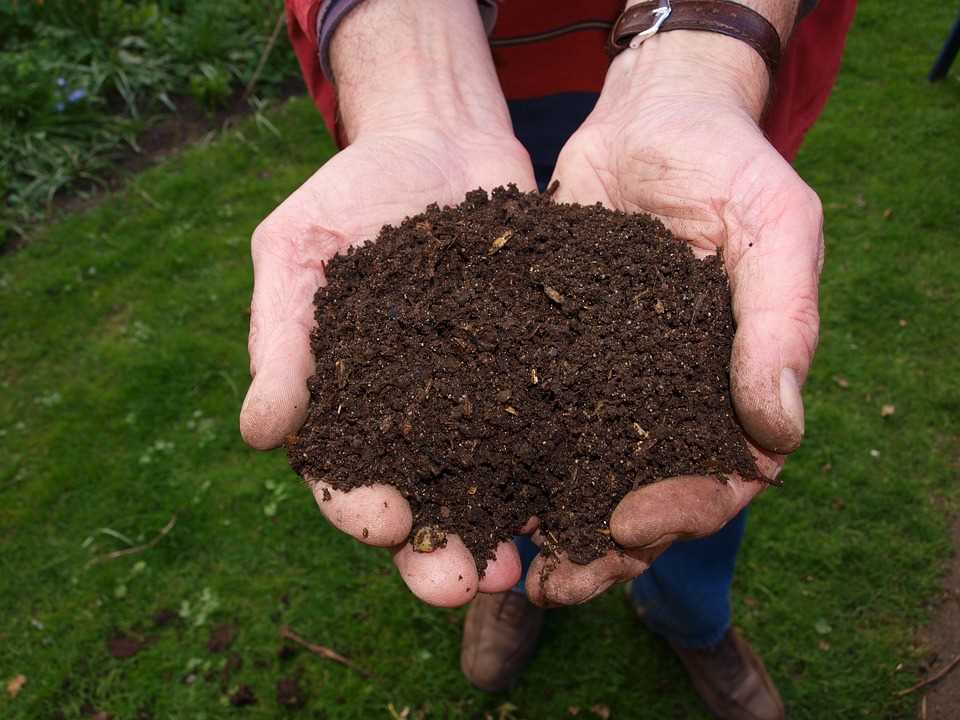
In addition to organic matter, sandy soil may benefit from the application of organic fertilizers. Look for fertilizers that are specifically formulated for sandy soils and contain a balanced blend of nutrients. Make sure to follow the recommended application rates and timings.
7. Consider using soil amendments
There are several soil amendments available that can improve the fertility of sandy soil. These include materials such as gypsum, lime, and clay. Consult with a local agricultural extension or soil testing laboratory to determine which amendments are suitable for your specific soil conditions.
By implementing these eco-friendly methods, you can significantly enhance the fertility of sandy soil and create a more suitable environment for plant growth. Remember to regularly monitor the soil’s nutrient levels and adjust your practices as necessary to maintain optimal fertility.
Understanding Sandy Soil
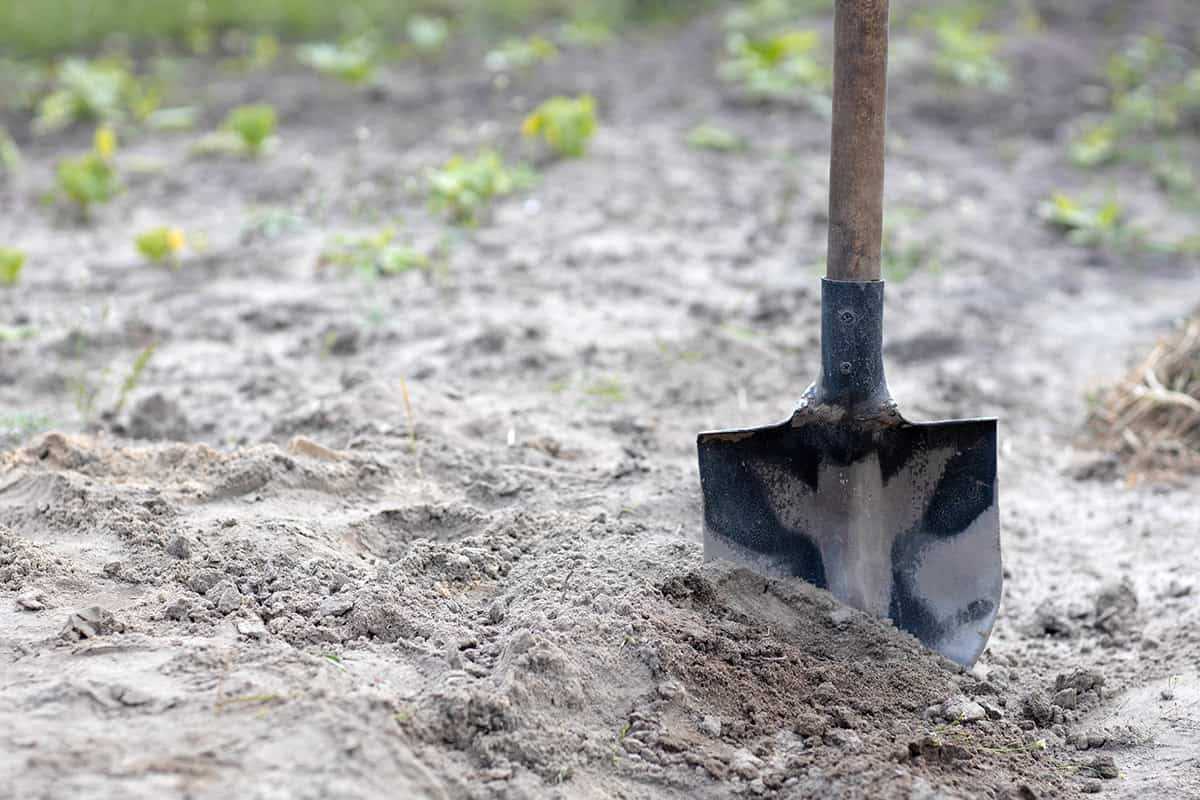
Sandy soil is a type of soil that is characterized by its high proportion of sand particles. It is easy to identify sandy soil by its gritty texture and loose structure. This type of soil is also known for its poor water-holding capacity and low fertility levels compared to other types of soil.
Composition:
Sandy soil is made up of large particles of sand, which are formed from weathered rocks and minerals like quartz. These particles generally range in size from 0.05 to 2.0 millimeters.
Advantages:
- Sandy soil has good drainage properties due to its loose structure. This can be beneficial in areas where excessive rainfall is common, as it helps prevent waterlogging.
- The loose structure of sandy soil allows for better aeration, preventing the roots of plants from becoming overly saturated and increasing nutrient uptake.
Disadvantages:
- Sandy soil has poor water-holding capacity. This means it cannot retain enough moisture for the plants to thrive, especially during dry periods.
- Due to its coarse texture, sandy soil has low nutrient-holding capacity. This can lead to nutrient deficiencies in plants grown in these soils.
- Sandy soil is prone to erosion due to its loose structure, making it more susceptible to wind and water erosion.
Improving Sandy Soil:
To improve the fertility of sandy soil, it is important to address its water-holding capacity and nutrient deficiencies. Here are some effective eco-friendly methods to boost fertility:
- Adding organic matter: Incorporate organic matter such as compost, well-rotted manure, or leaf mulch into the soil. This helps improve its water-holding capacity and nutrient content.
- Using cover crops: Plant cover crops like clover or vetch during the off-season to add organic matter to the soil and prevent erosion.
- Applying fertilizers: Use organic fertilizers or slow-release fertilizers to provide the necessary nutrients for plant growth.
- Implementing mulching: Apply mulch around plants to reduce evaporation and retain moisture in the soil.
- Choosing suitable plants: Select plant varieties that are well-suited to sandy soil conditions, as they can adapt better and require less maintenance.
Conclusion:
Understanding the characteristics of sandy soil is crucial for effectively improving its fertility. By addressing its water-holding capacity and nutrient deficiencies through eco-friendly methods, it is possible to boost the fertility of sandy soil and create a favorable environment for plant growth.
Importance of Soil Fertility
Soil fertility is a crucial factor for the growth and productivity of plants. It refers to the ability of soil to provide essential nutrients and a favorable environment for plant growth. Here are some key reasons why soil fertility is important:
- Enhanced Plant Growth: Fertile soil provides the necessary nutrients such as nitrogen, phosphorus, and potassium that plants need for healthy growth. These nutrients are essential for various plant processes, including photosynthesis and the development of roots, leaves, and flowers.
- Increased Crop Yields: Fertile soil enables farmers to achieve higher crop yields. When soil has an adequate supply of nutrients, crops can grow faster and produce more fruits, vegetables, and grains. This helps to ensure food security and meet the demand for agricultural products.
- Improved Soil Structure: Fertile soil has a well-balanced structure that allows for proper air circulation and water drainage. This results in improved water infiltration and retention, reducing the risk of soil erosion and water runoff. Additionally, a healthy soil structure provides a better environment for beneficial soil organisms like earthworms and bacteria.
- Resilience to Environmental Stress: Fertile soil has better resistance to environmental stressors such as drought, extreme temperatures, and pests. Nutrient-rich soil helps plants develop strong root systems, enabling them to find water and withstand dry periods. It also improves the plant’s natural defense mechanisms, making them more resistant to pests and diseases.
- Environmental Conservation: Fertile soil plays a vital role in environmental conservation. Soil acts as a natural filter, purifying water that percolates through it and preventing the contamination of groundwater. Additionally, soil rich in organic matter helps sequester carbon, reducing greenhouse gas emissions and mitigating climate change.
In conclusion, soil fertility is of utmost importance for sustainable agriculture, environmental conservation, and the overall well-being of our planet. By maintaining and enhancing soil fertility, we can ensure long-term food security, increased crop yields, and a healthier environment for future generations.
Benefits of Eco-friendly Methods
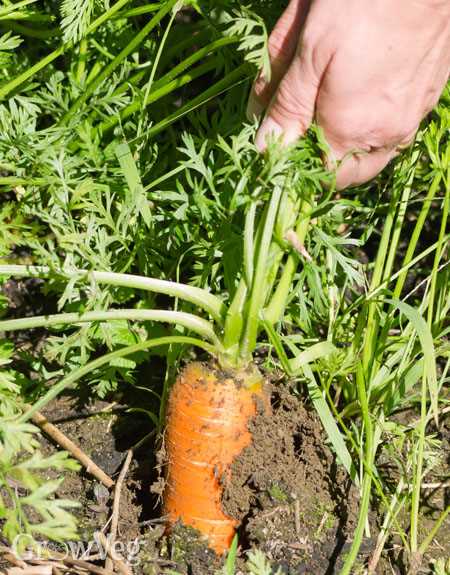
- Environmentally friendly: Using eco-friendly methods to boost fertility in sandy soil helps to preserve the environment. These methods focus on natural solutions and avoid the use of harmful chemicals that can be harmful to the soil, wildlife, and water sources.
- Sustainable: Eco-friendly methods promote sustainable agriculture practices by improving soil health and fertility in a natural and long-lasting way. This helps to ensure that the soil can continue to support plant growth and produce healthy crops for future generations.
- Cost-effective: Many eco-friendly methods for boosting fertility in sandy soil are cost-effective compared to conventional methods. For example, composting and mulching are affordable and efficient ways to improve soil fertility without the need for expensive chemical fertilizers.
- Organic food production: Eco-friendly methods are often associated with organic farming practices. By using these methods, farmers can produce food that is free from synthetic pesticides and fertilizers, providing consumers with healthier and safer options.
- Improves soil structure: Eco-friendly methods focus on improving the structure of sandy soil by adding organic matter and nutrients. This helps to create a better soil environment for plants, allowing them to establish stronger root systems and absorb nutrients more efficiently.
- Reduces soil erosion: Sandy soils are prone to erosion due to their loose structure. By using eco-friendly methods, such as cover cropping and planting windbreaks, soil erosion can be minimized. This helps to retain moisture in the soil and prevent nutrients from being washed away by rainwater.
- Promotes biodiversity: Eco-friendly methods support diverse ecosystems by promoting the growth of beneficial microorganisms, insects, and other organisms in the soil. This improves the overall biodiversity of the area and contributes to a healthier and more sustainable environment.
Organic Matter: a Key Solution
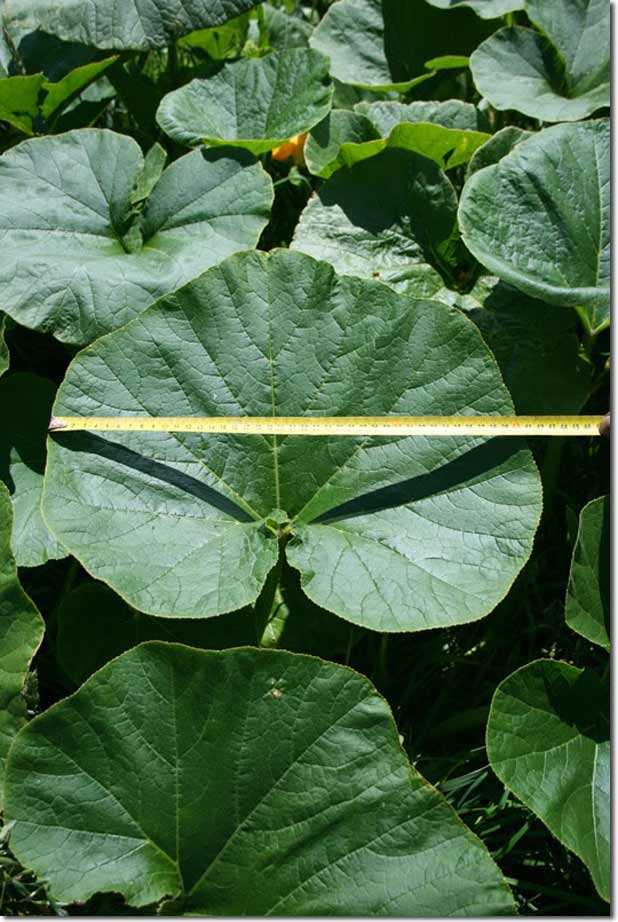
One of the most effective and eco-friendly methods to boost the fertility of sandy soil is by adding organic matter. Organic matter is crucial for improving the soil structure, nutrient content, and water-holding capacity, all of which are essential for plant growth and fertility.
Benefits of Organic Matter
Adding organic matter to sandy soil provides numerous benefits:
- Enhanced Nutrient Content: Organic matter is rich in nutrients, such as nitrogen, phosphorus, and potassium, which are vital for plant growth. These nutrients are gradually released, providing a steady supply to the plants.
- Improved Soil Structure: Sandy soil tends to be loose and lacks proper structure. Organic matter helps to bind the soil particles together, improving its structure and preventing erosion.
- Increased Water-holding Capacity: Sandy soil has poor water retention capabilities. Organic matter acts like a sponge, absorbing and holding water, preventing it from quickly draining away. This ensures that the plants have access to a steady water supply.
- Microbial Activity: Organic matter provides food and habitat for beneficial soil organisms, such as earthworms and microorganisms. These organisms help break down organic matter further, releasing nutrients and improving soil fertility.
Sources of Organic Matter
There are various sources of organic matter that can be added to sandy soil:
- Compost: Compost is a mixture of decomposed organic materials, such as kitchen waste, yard trimmings, and manure. It is an excellent source of nutrients and organic matter.
- Manure: Animal manure, such as cow or chicken manure, is rich in organic matter and nutrients. Make sure to age or compost the manure before adding it to the soil.
- Cover Crops: Planting cover crops, such as clover or vetch, can help increase organic matter content in the soil. These crops are grown specifically for the purpose of adding nutrients and organic matter when they are tilled into the soil.
- Leaf Mulch: Shredded leaves make an excellent mulch that can be added to sandy soil. As the leaves break down, they release nutrients into the soil and improve its structure.
Application Methods
When adding organic matter to sandy soil, it is important to apply it in the correct manner:
- Spread evenly: Apply the organic matter evenly over the soil surface to ensure uniform distribution of nutrients.
- Mix thoroughly: Use a garden fork or tiller to mix the organic matter into the top few inches of soil. This will help incorporate it into the soil and prevent it from forming a layer on top.
- Apply regularly: Organic matter should be added regularly, especially in the case of sandy soil that tends to lose nutrients quickly. Aim to add organic matter annually or as needed.
| Organic Matter Source | Nutrient Content | Decomposition Time |
|---|---|---|
| Compost | Varies depending on ingredients | Several months to years |
| Manure | Varies depending on animal diet | Several months to years |
| Cover Crops | Varies depending on species | Several weeks to months |
| Leaf Mulch | Varies depending on leaf type | Several months to years |
By incorporating organic matter into sandy soil, you can improve its fertility and create a more productive environment for plant growth. Regular addition of organic matter will result in healthier plants, increased yields, and a sustainable, eco-friendly approach to gardening.
Composting: Enhancing Soil Structure
Composting is a process of decomposing organic matter to create nutrient-rich soil. It is a sustainable and eco-friendly method to enhance the fertility of sandy soil. Composting helps in improving the soil structure by increasing its organic matter content, moisture holding capacity, and beneficial microorganisms.
Benefits of Composting for Sandy Soil

- Improved Water Retention: Sandy soil is known for its poor water holding capacity. By adding compost, the soil structure improves, enabling it to retain more water, reducing the risk of drought stress for plants.
- Increased Nutrient Availability: Sandy soil lacks essential nutrients. Composting enriches the soil with nutrients like nitrogen, phosphorus, and potassium, making them available to plants for growth and development.
- Promotion of Beneficial Microorganisms: Compost provides a habitat for beneficial bacteria and fungi, which play a vital role in breaking down organic matter, releasing nutrients, and suppressing soil-borne diseases.
- Enhanced Soil Structure: Sandy soil has poor structure and tends to be loose and easily erodable. Composting helps in binding particles together, improving soil structure, and preventing erosion.
How to Compost for Sandy Soil?
To start composting, follow these steps:
- Collect Organic Waste: Collect kitchen scraps, yard waste, and other organic materials like leaves, grass clippings, and fruit peels.
- Prepare Composting Area: Choose a suitable location for your compost bin or pile. Ensure it is well-drained and easily accessible.
- Layer Organic Materials: Alternate layers of green (nitrogen-rich) and brown (carbon-rich) materials. Green materials include fresh grass clippings and food scraps, while brown materials include dried leaves and straw.
- Add Water: Moisten the compost pile regularly, ensuring it remains damp but not waterlogged. Sandy soil requires more moisture, so add extra water if necessary.
- Mix and Turn: To speed up the composting process, regularly mix and turn the pile with a pitchfork or shovel. This helps in aerating the pile and breaking down the organic matter faster.
- Patience and Time: Composting is a slow process. It can take anywhere from a few months to a year for the compost to be ready for use. Be patient and wait for the organic matter to decompose fully.
Using Compost in Sandy Soil
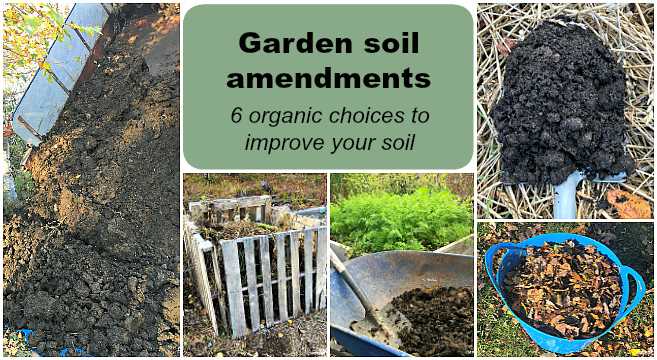
Once the compost is ready, apply it to your sandy soil to boost fertility. Spread a layer of compost on the topsoil and mix it well. Repeat this process annually or as needed to maintain healthy soil structure and improve plant growth.
| Pros of Composting | Cons of Composting |
|---|---|
|
|
Cover Crops: Boosting Soil Nutrients
Cover crops are an effective and eco-friendly method to boost the fertility of sandy soil. These crops, also known as green manure, are usually grown during the off-season as a way to protect the soil from erosion and to improve its structure and nutrient content.
There are several types of cover crops that can be used to boost soil nutrients in sandy soil:
Legumes
Legume cover crops, such as clover, peas, and beans, have the ability to fix atmospheric nitrogen and convert it into a form that is readily available to plants. This makes them excellent choices for sandy soil, which often lacks nitrogen. They also help to improve the soil’s structure by adding organic matter.
Grasses
Grass cover crops, such as ryegrass and annual rye, help to increase organic matter in sandy soil. They have deep root systems that penetrate the soil and help to break up compacted layers. Grasses also provide a protective cover for the soil, preventing erosion and nutrient leaching.
Brassicas
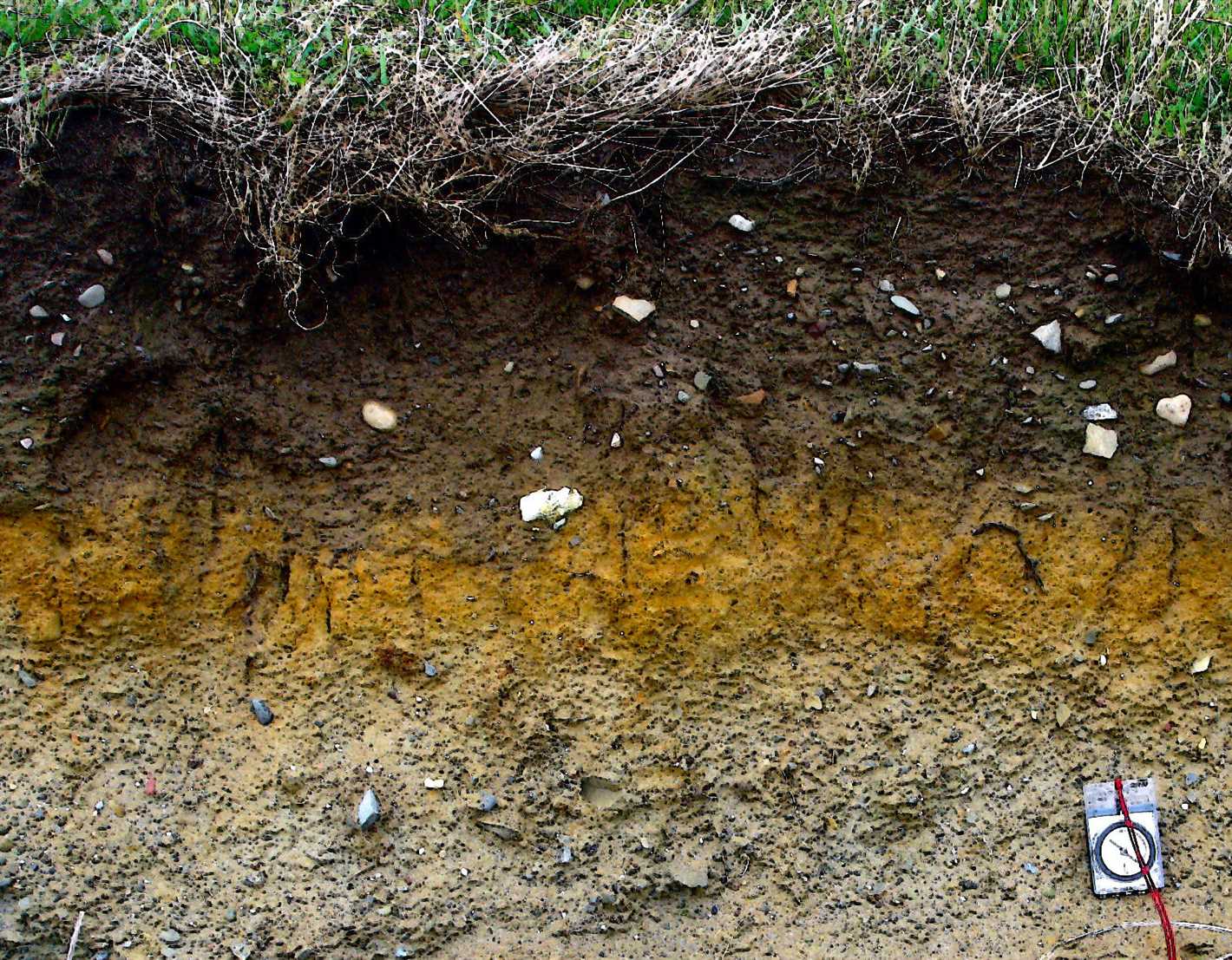
Brassica cover crops, such as mustard and radish, are known for their ability to scavenge and accumulate nutrients from the soil. They have deep taproots that can reach down into the sandy soil and bring up nutrients that would otherwise be unavailable to other plants. Brassicas also help to improve soil structure and suppress weeds.
Buckwheat
Buckwheat is a fast-growing cover crop that is well-suited for sandy soil. It has a fibrous root system that helps to improve soil structure and prevent erosion. Buckwheat also has the ability to extract phosphorus from the soil, making it available for other plants.
Incorporating cover crops into a crop rotation plan can greatly improve the fertility of sandy soil. These crops help to build organic matter, increase nutrient content, and prevent erosion. By choosing the right cover crops for sandy soil, farmers can boost soil nutrients in an eco-friendly and sustainable way.
Water Management: Retaining Moisture
Mulching
To retain moisture in sandy soil, one effective method is mulching. Mulching involves covering the soil surface with a layer of organic or inorganic material to help trap moisture and reduce evaporation. Organic mulch, such as straw, grass clippings, or compost, can provide additional nutrients to the soil as it breaks down. Inorganic mulch, like plastic sheets or geotextiles, can help retain moisture and prevent weed growth.
Drip Irrigation
Another water management technique to retain moisture in sandy soil is drip irrigation. This method involves delivering water directly to the plant roots through a system of tubes with small holes or emitters. Drip irrigation minimizes water runoff and evaporation, allowing plants to efficiently absorb moisture.
Rainwater Harvesting
Rainwater harvesting is an eco-friendly way to retain moisture in sandy soil. Collecting rainwater runoff from rooftops or other surfaces can provide a supplemental water source for plants. Installing rain barrels or cisterns can store harvested rainwater, which can then be used to irrigate the soil when needed.
Soil Amendments
Adding organic matter and soil amendments can improve the water-holding capacity of sandy soil. Incorporating compost, manure, or peat moss into the soil can increase its ability to retain moisture. These amendments also help improve overall soil structure and nutrient content.
Contouring and Terracing
Contouring and terracing the land can help retain moisture in sandy soil by preventing water runoff. Creating gentle slopes along the landscape allows water to infiltrate the soil rather than running off. Terracing involves creating level platforms on slopes to retain water and prevent erosion. Both these methods help to maximize water absorption and retention in sandy soil.
Cover Crops
Planting cover crops is another effective way to retain moisture in sandy soil. Cover crops like clover, rye, or buckwheat provide ground cover and organic matter to the soil, reducing evaporation and improving water retention. As cover crops grow and decay, they add nutrients and organic material to the soil, further enhancing its fertility.
Monitoring and Adjusting Irrigation
Regular monitoring of soil moisture levels and adjusting irrigation practices accordingly is crucial for retaining moisture in sandy soil. Using moisture meters or performing simple soil tests can help determine when water is needed. By irrigating during the cooler parts of the day and adjusting watering schedules based on plant needs, water usage can be optimized and moisture retention maximized.
Soil Amendments: Balancing pH Levels
One of the crucial factors in boosting the fertility of sandy soil is achieving the right balance of pH levels. Sandy soil tends to be naturally acidic, which can be detrimental to plant growth. Therefore, it’s important to adjust the pH levels of soil to create a more favorable environment for the plants.
Importance of pH Levels
pH, which stands for potential of hydrogen, is a measurement of the acidity or alkalinity of soil. It is measured on a scale from 0 to 14, with 7 being neutral. pH levels below 7 indicate acidity, while levels above 7 indicate alkalinity. Most plants prefer slightly acidic to neutral pH levels, around 6 to 7, for optimal growth.
Effects of pH Imbalance on Sandy Soil
Sandy soil naturally has a low pH, ranging from 5 to 6, which makes it acidic. This acidity can lead to a range of problems for plant growth. Acidic soil inhibits nutrient availability and hinders the absorption of necessary elements, such as nitrogen, phosphorus, and potassium. It can also limit the microbial activity and essential functions of soil organisms.
Methods to Balance pH Levels in Sandy Soil
To boost the fertility of sandy soil, it is essential to balance the pH levels. Several eco-friendly methods can be used to achieve this:
- Lime Application: Applying lime to sandy soil can help raise the pH levels and reduce acidity. Lime should be applied based on soil test results to ensure the correct amount is used.
- Compost and Organic Matter: Adding compost and organic matter to sandy soil helps to improve its structure and increase its ability to retain moisture. Organic matter can also help buffer the pH and make it more suitable for plant growth.
- Amending with Wood Ash: Wood ash contains high levels of potassium and can help raise pH levels in sandy soil. However, it should be used sparingly as excessive application can lead to alkaline soil.
- Cover Cropping: Planting cover crops like legumes can help balance the pH levels in sandy soil by fixing nitrogen and improving soil fertility.
Testing and Monitoring pH Levels
Regular testing and monitoring of pH levels is essential to ensure the efficacy of soil amendments. It is recommended to conduct a soil test before applying any amendments and continue monitoring the pH levels to make necessary adjustments.
Conclusion
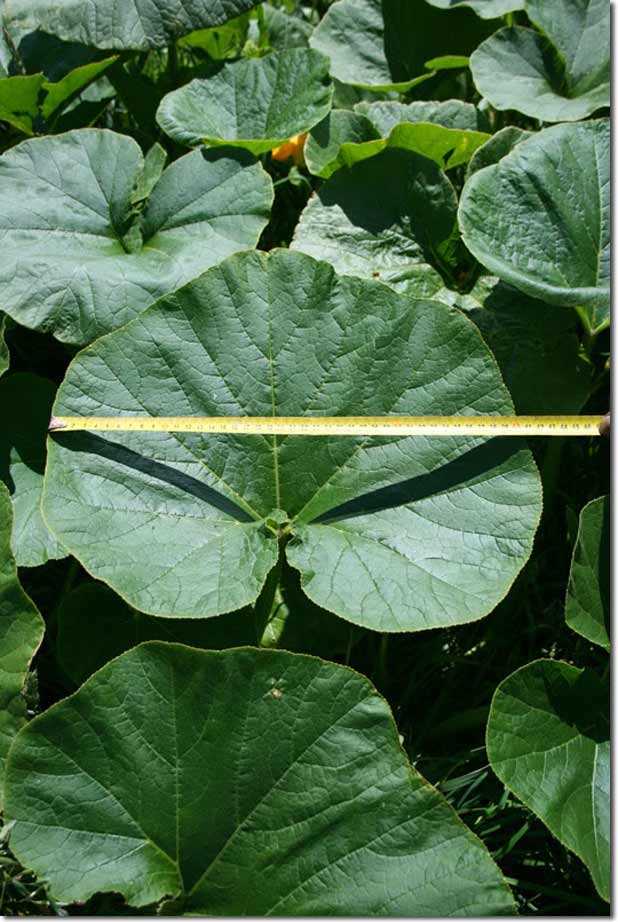
Balancing pH levels in sandy soil is crucial for boosting its fertility and creating a favorable environment for plant growth. By using eco-friendly methods such as lime application, adding compost and organic matter, amending with wood ash, and cover cropping, it is possible to achieve the desired pH balance. Regular testing and monitoring of pH levels will ensure the effectiveness of soil amendments and help maintain optimal conditions for plant growth.
Questions and Answers:
Why does sandy soil need to be fertilized?
Sandy soil lacks essential nutrients and organic matter, making it less fertile for plants to grow. Fertilizers help replenish these nutrients and improve the fertility of sandy soil.
What are the eco-friendly methods to boost fertility of sandy soil?
There are several eco-friendly methods to boost fertility of sandy soil, such as adding compost or organic matter, using cover crops, practicing crop rotation, and applying natural fertilizers like bone meal or rock phosphate.
How does adding compost or organic matter improve sandy soil fertility?
Adding compost or organic matter to sandy soil improves its fertility by increasing water retention, providing essential nutrients and minerals, and promoting the growth of beneficial microorganisms that help plants absorb nutrients more efficiently.
What are some cover crops that can be used to improve sandy soil fertility?
There are several cover crops that can be used to improve sandy soil fertility, such as clover, vetch, rye, and buckwheat. These cover crops help fix nitrogen in the soil, add organic matter, and prevent erosion.
Why is crop rotation important for boosting fertility of sandy soil?
Crop rotation is important for boosting fertility of sandy soil because it helps prevent nutrient depletion, reduces soil-borne diseases and pests, improves soil structure, and increases organic matter content.







